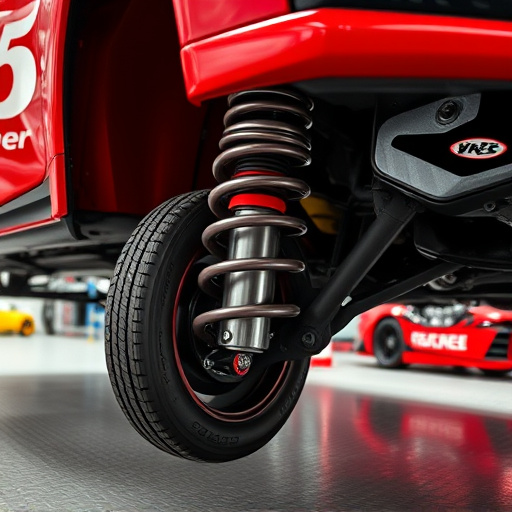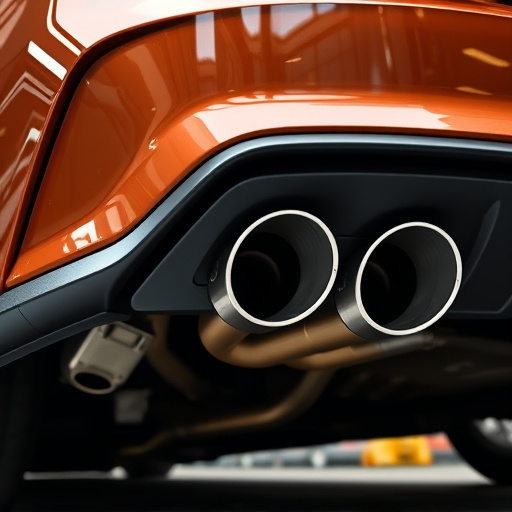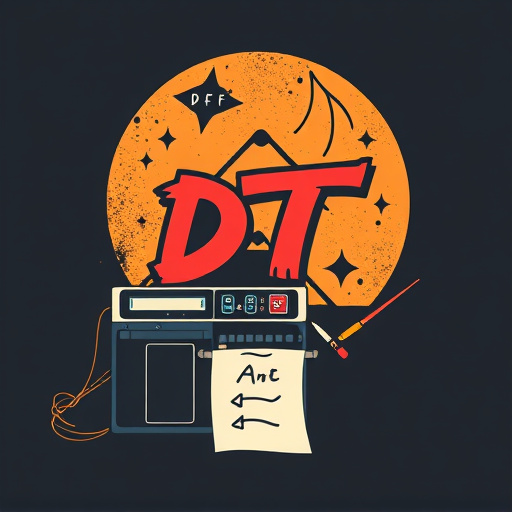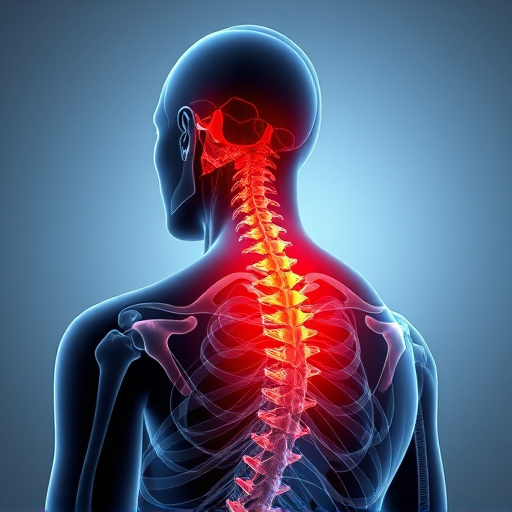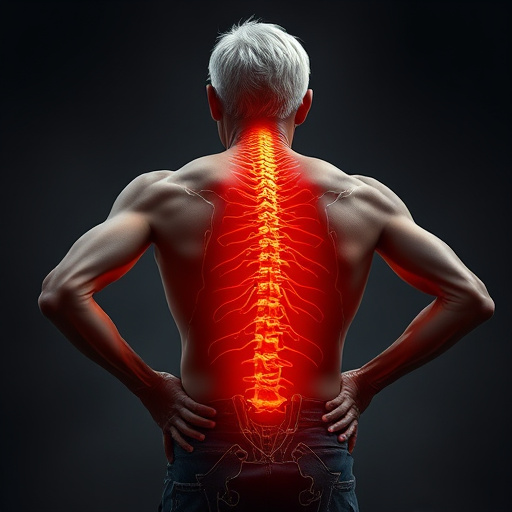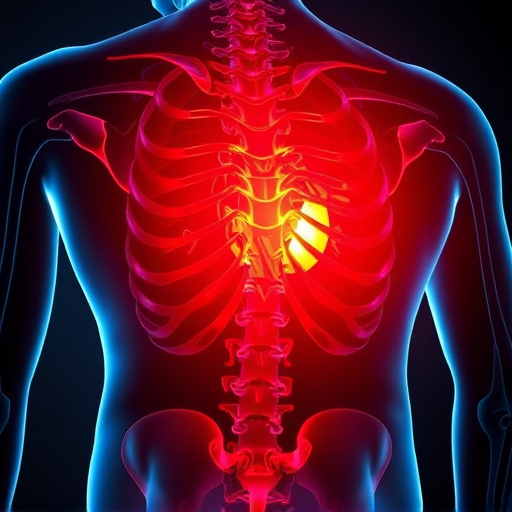Herniated disc treatment options include shockwave therapy and inversion tables. While these non-invasive methods show promise for pain relief and improved spinal health, they may not be suitable for all patients and require professional guidance, especially with conditions like high blood pressure or eye problems, as further research on their long-term effectiveness is needed.
Are inversion tables effective for managing a herniated disc? This guide explores the potential benefits of using inversion tables as part of your herniated disc treatment plan. We’ll start by demystifying herniated discs, their causes, and symptoms to better understand the condition’s impact on the body. Then, we’ll delve into how inversion tables work and assess if they’re a suitable, safe, and effective non-invasive approach for relief.
- Understanding Herniated Discs and Their Impact
- Inversion Tables: A Potential Treatment Approach
- Benefits, Risks, and Considerations for Use
Understanding Herniated Discs and Their Impact
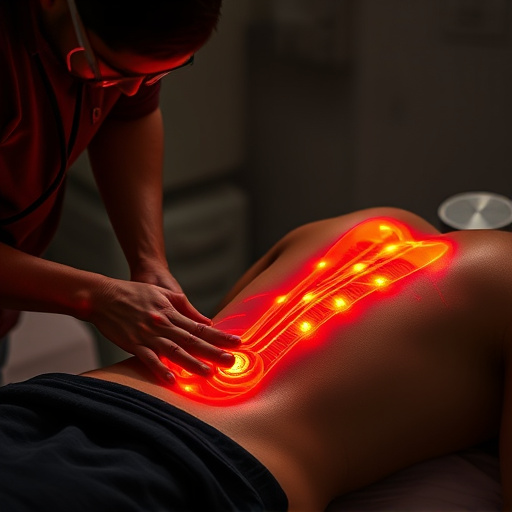
Herniated discs are a common spinal issue where the soft, gel-like material inside an intervertebral disc pushes through a tear in its outer ring. This condition can put pressure on nearby nerves, leading to pain and potential numbness or weakness in various parts of the body, depending on which nerve roots are affected. The impact of herniated discs varies from mild discomfort to severe disability, making effective herniated disc treatment a priority for many sufferers.
Back pain relief is often the primary goal, as the pain can be sharp and debilitating. Traditional treatments include rest, physical therapy, medication, and in some cases, surgery. However, with advancements in spinal medicine, alternative options like shockwave therapy have emerged, offering promising results for managing soft tissue injuries associated with herniated discs without the invasiveness of surgery.
Inversion Tables: A Potential Treatment Approach
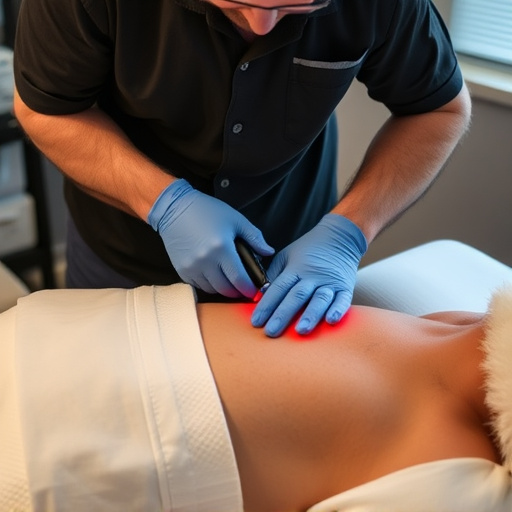
Inversion tables have emerged as a potential treatment approach for individuals suffering from herniated discs, offering a unique and alternative method to address this common spinal issue. These specialized tables facilitate reverse gravity positioning, allowing patients to hang suspended in various degrees of inversion, or reversal of normal gravitational pull. This innovative technique aims to alleviate pressure on the affected discs, promoting healing and reducing symptoms associated with herniated discs, such as chronic pain relief.
For those seeking effective chronic pain management, inversion tables provide a non-invasive alternative to traditional treatments. By gently stretching the spine, these tables can help decompress the discs, reduce nerve compression, and improve overall spinal health. Personalized treatment plans that incorporate inversion therapy can offer significant benefits for patients struggling with herniated disc-related discomfort, providing a promising avenue for chronic pain relief and improved quality of life.
Benefits, Risks, and Considerations for Use
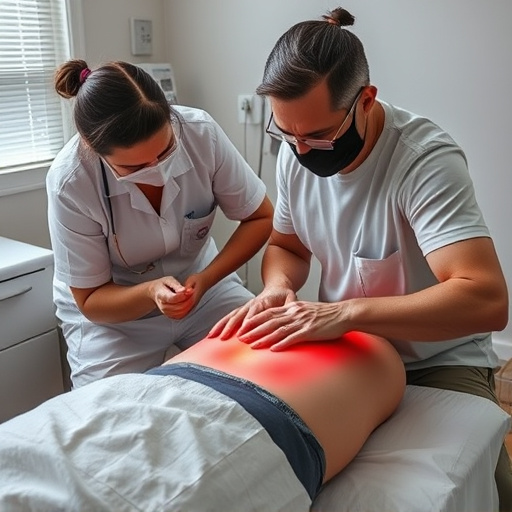
Inversion tables have emerged as a popular tool in the realm of herniated disc treatment, offering both potential benefits and risks. These devices work by gently flipping the user upside down, stretching the spine and reducing pressure on affected discs. Proponents argue that inversion therapy can alleviate pain, improve spinal flexibility, and even promote healing by increasing blood flow to the discs. It is often recommended as a non-invasive alternative to surgery for those seeking conservative herniated disc treatment options.
However, caution is advised before adopting this method. While generally safe when used correctly, inversion tables may not be suitable for everyone, especially individuals with certain medical conditions like high blood pressure or eye problems. Moreover, the long-term effectiveness of inversion therapy for herniated discs requires further research. It’s crucial to consult a healthcare professional, particularly a chiropractor or physical therapist, who can guide you through proper usage and consider your unique post-injury care needs, including integrating it with other treatments like shockwave therapy for pain management if necessary.
Inversion tables have emerged as a potential alternative therapy for those seeking herniated disc treatment. While they may offer benefits such as improved spinal flexibility and reduced pain, it’s crucial to weigh these advantages against potential risks and consider individual needs. Consulting with healthcare professionals before incorporating inversion tables into your regimen is essential, as personalized guidance ensures safe and effective management of herniated discs.
